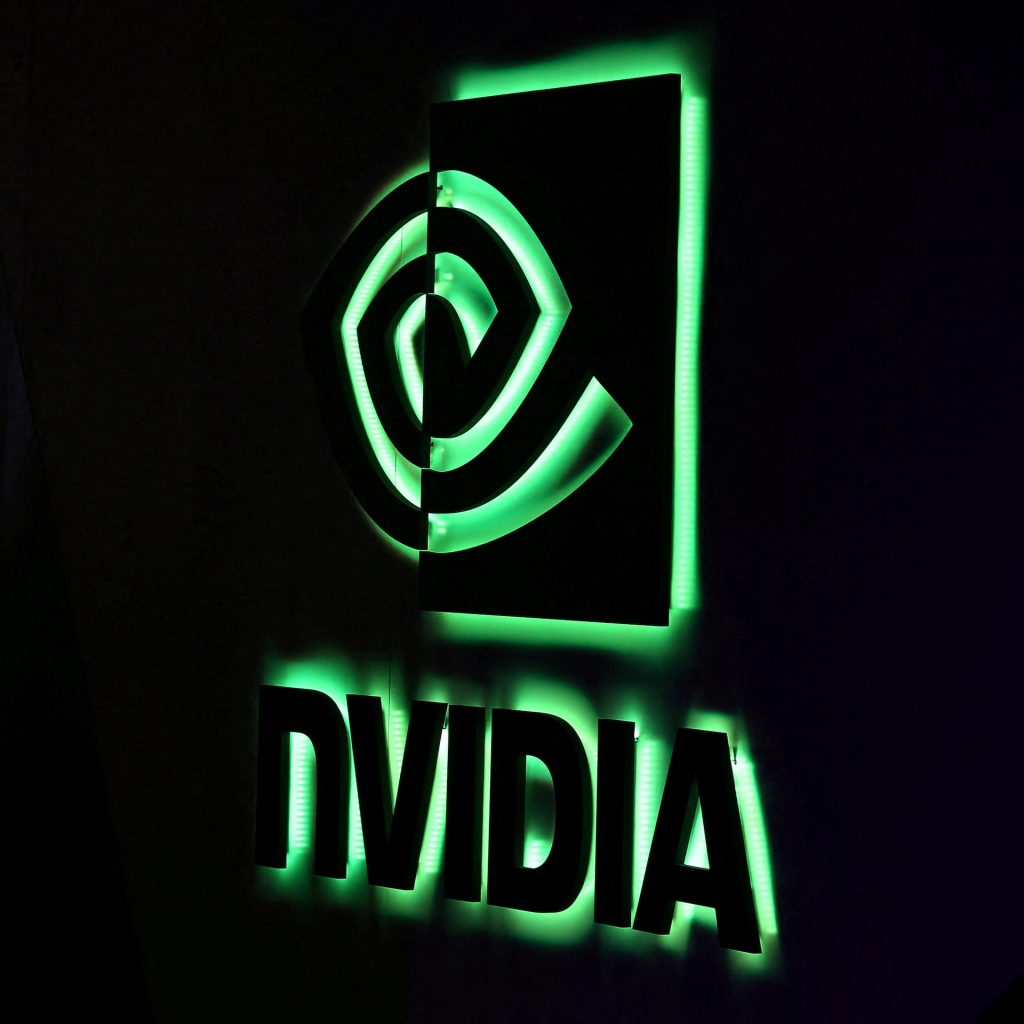Roughly three decades ago, the advent of the internet changed everything for corporate America. Although it took many years for the internet to mature as a technology, and for companies to realize its full potential, it’s positively altered the growth trajectory for businesses and opened new doors that previously hadn’t existed.
Since the mid-1990s, Wall Street has been waiting for a new technology or game-changing innovation to replicate what the internet did for businesses. Artificial intelligence (AI) appears to have answered the call.
What makes AI such an intriguing technology is its broad-reaching utility. AI-driven software and systems have the capacity grow smarter and become more efficient at their assigned tasks over time. What’s more, software and systems may be able to learn new tasks without human intervention.
To some, the sky is truly the limit for artificial intelligence. In Sizing the Prize, the analysts at PwC predict AI will increase global gross domestic product by $15.7 trillion come 2030, with these gains coming from a combination of increased productivity and consumption-side effects.
A $15.7 trillion addressable market leaves plenty of room for multiple companies to be winners. But over the past two years, there’s been no clearer beneficiary of the AI revolution than semiconductor colossus Nvidia (NASDAQ: NVDA), which vaulted from a $360 billion market cap to end 2022 to $3.56 trillion, as of the closing bell on Nov. 11.
Nvidia’s operating expansion has been virtually flawless
Investors don’t have to look far to discover why Nvidia has become Wall Street’s most-valuable publicly traded company. Its graphics processing units (GPUs) have become the preferred choice of businesses operating AI-accelerated data centers. Nvidia’s H100 GPU, commonly known as the “Hopper,” and successor Blackwell GPU architecture, are effectively the brains that allow for split-second decision-making by AI software and systems.
Based on a study from the analysts at TechInsights, Nvidia accounted for roughly 98% of the 2.67 million GPUs shipped to data centers in 2022, as well as the 3.85 million GPUs shipped in 2023. It’s unlikely to lose its near-monopoly market share this year, either, with orders for the Hopper chip and Blackwell backlogged.
This is a good time to mention that when demand for a good or service outstrips supply, the price of that good or service often rises. Nvidia has been able to command $30,000 to $40,000 for the Hopper, which is 100% to 300% more than what competing AI-GPUs cost. Businesses have been willing to pay this premium given the computing advantages offered by Nvidia’s hardware, and it’stranslated into a sizable uptick in the company’s gross margin.



